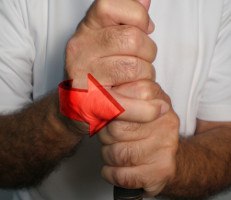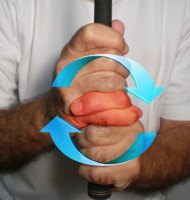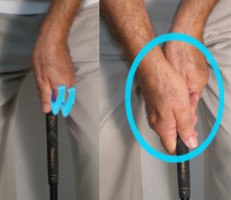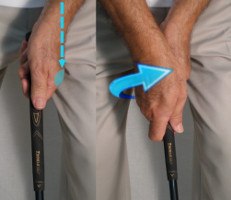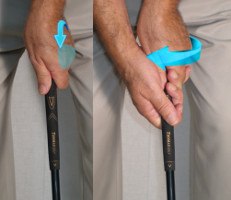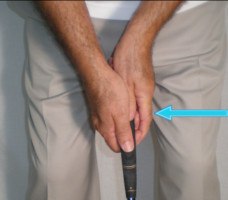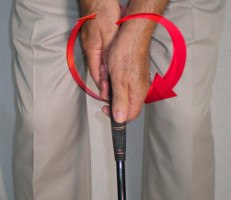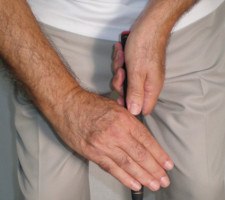Pros and Cons of Every Golf Grip Style |
Best Grip? Overlapping vs Interlocking |
Grip style: Vardon (overlapping)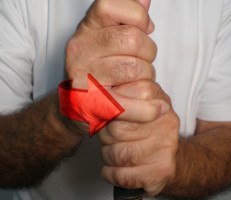 |
Hand position: Neutral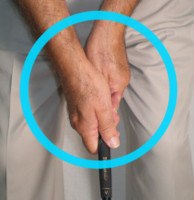 |
Putting grip style / hand position: Reverse overlap (early career), “side saddle” (late career)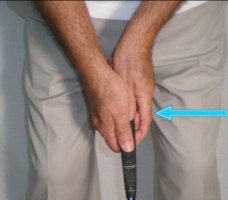
|
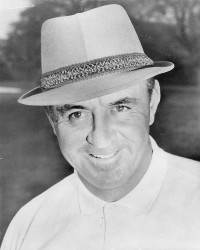
Sam Snead’s grip, like his swing, was pretty much flawless.
Blessed with natural athletic ability and innate rhythm, “Slammin’ Sammy” made golf look easy. Even for a talent like Snead, though, good technique is essential. His grip shows that Snead understood this full well.
Setting up to the ball, Snead pointed the back of his left hand down the target line, or perhaps a touch to the right, while his right hand wrapped perfectly over the top of the handle. By today’s standards, Snead’s right hand position could actually be considered weak – the “V” of right thumb and forefinger lines up with the shaft, whereas the modern pro’s “V” usually points between head and right shoulder.
What’s so great about Snead’s grip? It allowed him to work the ball both ways seemingly without effort, hitting draws and fades on command. He could also swing freely without having to compensate for a too-strong or too-weak position.
Putting, well, that didn’t come quite so easily. In his early days, Sam Snead’s grip on the putter was standard-issue – left hand above right, fingers overlapping. Back then, a wristy “pop” stroke was needed to get the ball rolling on greens much bumpier and slower than today’s. Hence, there’s a good deal of hinge or cupping in Snead’s wrists.
In 1966, after a bout with the yips, Snead began putting “croquet style” while straddling the putt’s line. The practice was banned two years later, so Snead adopted an innovative – and legal – style called “side saddle” putting. It worked so well, Snead tied for third at the 1974 PGA Championship… At age 62.
